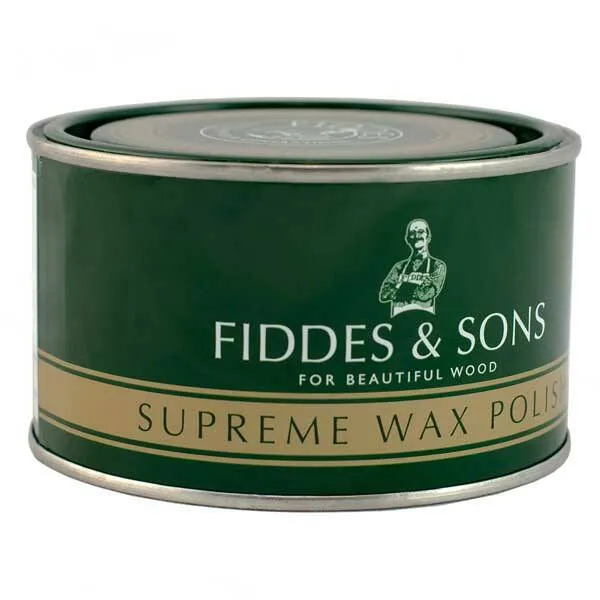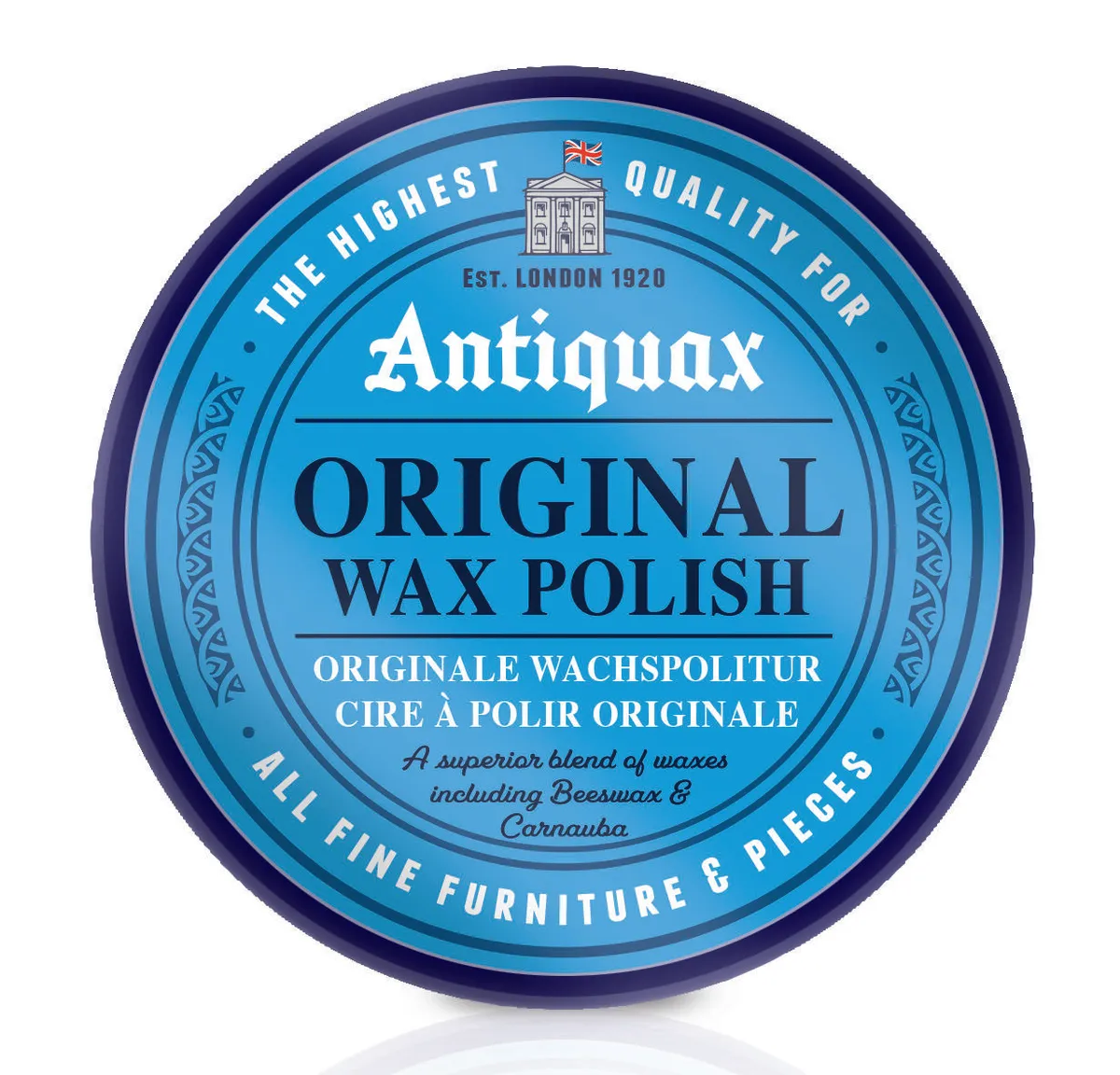Strong, beautiful and versatile, it’s little wonder that wood has been among the most popular materials used in furniture-making for centuries; thanks to its durability, many of us are lucky to own antique wooden furniture that has been around for generations.
How to clean wood
Although wood is undoubtedly robust, there are steps we can take to keep these pieces looking their best for many more years to come.
Regular dusting is an easy way to start: use a very soft, dry cloth or brush to gently remove dust from the surfaces – this helps to protect the wood and will encourage a healthy patina.
The good news is that most antique woods require no more care than this on a weekly basis – if they’re well looked after and kept away from direct sunlight and heat sources, the finish of antique furniture should need very little additional attention.
How to polish wood
However, applying a bit of polish from time to time can help to bring out the best in any wooden furniture and better protect the surface. Robbie Timms of S&S Timms Antiques recommends using a natural beeswax polish:
‘Apply relatively sparsely to begin with, gradually working it into the surface. Once the area looks dull and misty, it’s time to take a second, clean cloth, rag or duster and go vigorously over the same area again, effectively using the second cloth to gather back any excess polish and to buff the polish that’s attached itself to the surface. There’s a bit of a knack to it, but practice makes perfect and realistically, you can’t do any damage even if you do over-apply this kind of product, as opposed to anything more chemical based.’
Tony Michael, wood restorer at Westland London, agrees: ‘I’d recommend a good-quality beeswax polish for wooden antiques, but avoid aerosol polishes that can leave an unsightly film on the surface.’
A good rule is to always test any product you use on a small, hidden area to check for an adverse reaction before you launch into a full-scale treatment.
And whether you have oak, teak, mahogany – or any other type of wood – you can follow the same guidelines, as different kinds of wood tend to require the same care when it comes to cleaning and polishing. This helpfully keeps the process simpler!
Recommended wax polish:
Liberon Wax Polish Black Bison Paste
- Buy now from Wood Finishes Direct (from £10.01)

Available in 15 finishes for use on all types of wood, as well as lacquers and French polishes. Protects antique furniture from marks, and can help to cover scratches. Use sparingly, only a small amount is needed to achieve a lustrous hardwearing finish.
Fiddes Supreme Wax Polish
- Buy now from Wood Finishes Direct (from £14.15)

Quick-drying and low-odour, thanks to an environmentally friendly blend of waxes. It comes in eight finishes and can be used on bare or sealed wood.
Priory Polishes Finishing Bees Wax Furniture Polish
- Buy now from Priory Polishes (£15)

Designed to nourish and protect all types of wood, this polish comes in two options – Light Tones or Medium to Dark Tones. It’s popular with clock and antique furniture restorers.
Briwax Natural Creamed Beeswax
- Buy now from Rustins (£17.50)

Made from refined natural Beeswax, linseed oils and genuine turpentine to produce a deep, rich sheen. Apply to small areas at a time, along the grain, using a soft cloth.
Antiquax Original Wax Polish
- Buy now from Rustins (from £7)

Enhances the grain and patina with its formula of beeswax and carnauba wax. Creates a lasting soft sheen, and is resistant to dust and fingerprints.
How to repair damaged wood
When it comes to specific damage, it’s best to be aware of which scenarios can be considered a DIY job and which ones may require expert help.
‘Any spills should be quickly wiped off and the area buffed with a dry cotton cloth,’ advises Tony. As long as you’re quick to deal with a spillage, no further repair should be necessary, but prolonged water contact can mean the liquid gets into the grain and causes more serious damage.
‘If a piece suffers any water damage, it may require attention by a professional,’ Tony adds. The same goes for sun damage, wobbles, loose joints, chips and breakages – a reputable restorer should be called in if your wood damage goes beyond a desirable patina or simple surface-dust and dirt.
Patina vs dirt – what’s the difference?
Antiques lovers know that patina is a desirable effect on treasured old items, but how can you tell the difference between this and plain old dirt that needs to cleaned? ‘Patina is really just the accumulation of dirt, dust and similar, which has built up over many years and created an effect that’s impossible to recreate. Wood with a good patina glows with a deeper colour,’ explains Robbie Timms.
Many hardwoods used for antique furniture build up a darker patina over decades or centuries – this effect often helps to highlight or emphasise the richness of the wood and adds value to a piece. Gentle cleaning over the years can help emphasise patina (and wipes off actual dirt), but always avoid stripping or using chemicals, as this can destroy the patina and thus reduce the value of an antique.
Find out more about patina here.
Useful contacts
British Antique Furniture Restorers’ Association (BAFRA)
BAFRA is an organisation dedicated to high standards in furniture restoration and conservation.
Building Conservation Directory
The Building Conservation Directory offers information resources for conservation, restoration and repairs.
The Institute of Conservation (ICON)
ICON is a professional membership body for the conservation profession.
Westland London
Westland London are specialists in architectural antiques, including fine wooden furniture.
S&S Timms Antiques
S&S Timms Antiques are specialists in quality furniture from the 17th, 18th, and 19th centuries.
